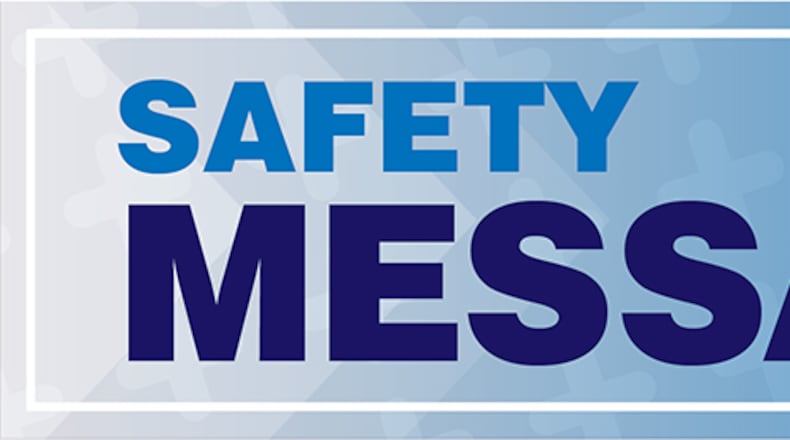Fortunately, the NHTSA also provides some helpful tips to avoid driver fatigue and potential crashes:
· First and most importantly, get plenty of rest before you need to drive anywhere. Sleep deprivation can creep up on a person, so be sure to get proper sleep that is uninterrupted nor fragmented.
· Recognize the warning signs: drowsiness, difficulty focusing, blinking more than normal, yawning, heavy eyelids, nodding your head and rubbing your eyes. If you have any of these symptoms or signs, don’t continue driving. Either avoid driving altogether, or have someone else take over the wheel.
· If you must continue driving, stop for frequent breaks. Get out of the vehicle and move around, getting the blood pumping through your body. Every two hours or 100 miles is a good time frame to shoot for when taking breaks.
· Schedule a travel buddy. This is someone who could take your place driving if you get too tired. That’s especially important for very long road trips.
· Other techniques that work for some people are opening the windows to have cold air wake them, turning up the radio and singing along, and consuming caffeine.
Tips and warnings
- Know your required amount of sleep and get it; most adults need 7-9 hours.
- Don’t take medications that can make you drowsy before driving.
- Don’t drink and drive.
Using these strategies can be the difference between having a travel experience that is terrific and tragic. Be safe and smart while driving and remember that driver fatigue is a hazard to be guarded against every time you are behind the wheel.
About the Author
